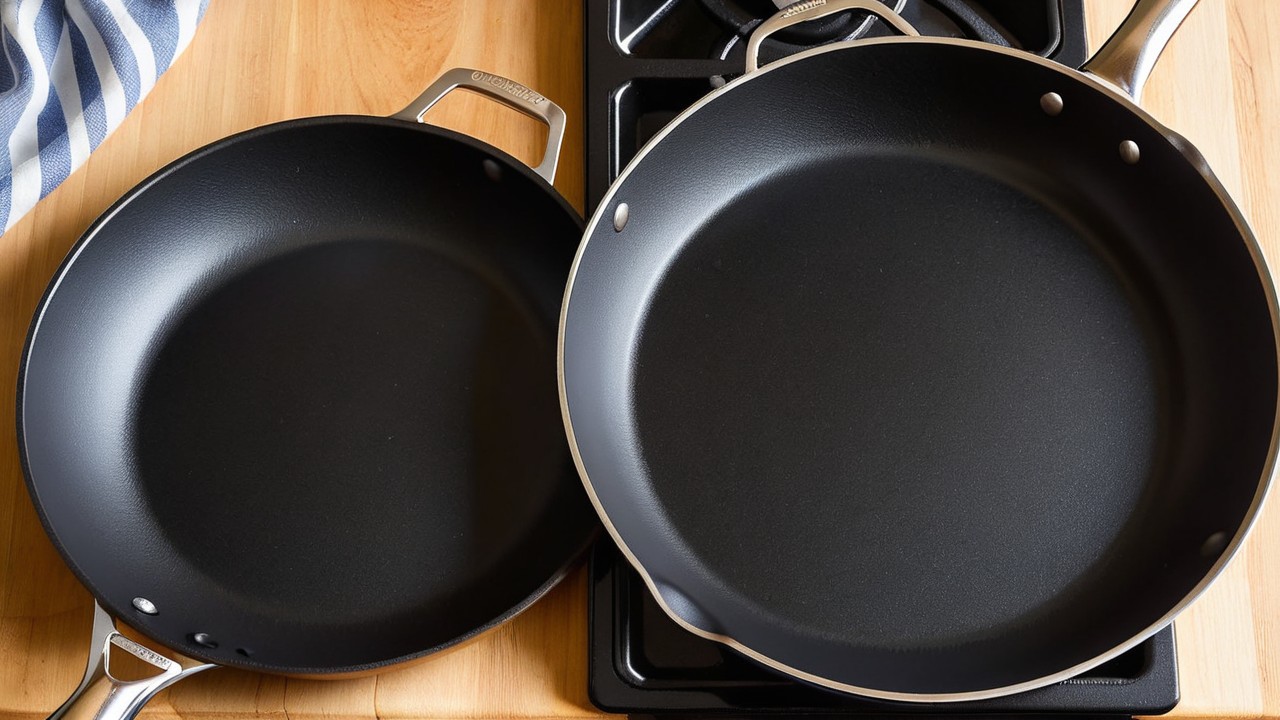How to Sharpen a Knife: Complete Beginner Guide

A sharp knife is a safe knife. That’s the saying, right? Well, it turns out that it’s not just a saying, it’s the truth. A dull knife is more dangerous to use than a sharp one because you have to apply more pressure to make it work. This can cause the knife to slip and potentially injure you. In this guide, we will show you how to sharpen a knife so that it is safe and effective to use. We will also provide some tips on how to keep your knives in good condition and how to know when it’s time to sharpen them.
How to Test the Sharpness of the Blade?
If your knife is dull, it can be difficult to cut through food or even slice paper. A sharp blade, on the other hand, will make easy work of both tasks. But how do you know when your blade is dull and needs to be sharpened?
There are a few ways to test the sharpness of your blade. One is to drag the blade across a piece of paper. If it cuts cleanly through the paper, then it’s still sharp. If it tears the paper or doesn’t cut all the way through, then it’s time to sharpen your knife.
Another way to test the sharpness of your blade is to try cutting through a ripe tomato. A sharp knife should be able to slice through the skin and flesh with ease. If your knife crushes the tomato or has trouble cutting through it, then it’s time for a sharpening.
Fundamentals in Knife Sharpening
If you’re new to knife sharpening, or just want to brush up on the basics, this section is for you. Here we’ll cover all the fundamentals of knife sharpening, from choosing the right sharpener to using the proper techniques.
✔️Choosing a Sharpener: When it comes to choosing a sharpener, you have two main options: a honing rod or a sharpening stone. Honing rods are great for maintaining an already sharp edge, but if your knife is dull, you’ll need a sharpening stone. Sharpening stones come in a variety of shapes and sizes, and each one is designed for a specific purpose. For instance, coarse stones are best for quickly restoring a very dull edge, while finer stones are better for polishing and refining an edge.
✔️Using a Sharpener: Once you’ve chosen your sharpener, it’s time to get to work! First things first: always sharpen your knife on a clean surface. A dirty surface can inhibit the sharpening process and even damage your knife.
✔️Second, be sure to use moderate pressure when sharpening – too much pressure will damage the blade, while not enough pressure will produce lackluster results.
✔️Finally, don’t forget to rinse off your knife when you’re done – any metal particles left on the blade can rust and cause damage over time.
Now that you know the basics of knife sharpening, you’re ready to get out there and start putting those newly-honed blades.
The Difference Between Sharpening and Honing
The difference between sharpening and honing is that sharpening is done with a coarser abrasive to remove metal from the blade, while honing is done with a finer abrasive to realign the edge.
Sharpening should be done when the blade is dull and needs to be brought back to a sharp edge. Honing can be done more frequently to maintain the edge and prevent the need for sharpening.
You use a honing rod to “sharpen” a knife. The steel rod doesn’t actually sharpen your knife, it just straightens out the cutting edge on the blade. That way, it allows for smoother, safer cuts. Sharpening your blade actually sharpens it—so you need to do both. Hone your knife weekly (every time you use it) and sharpen it every few months or at least yearly depending on how often you use it).

How to Sharpen With a Whetstone?
If you’re using a whetstone to sharpen your knife, there are a few things to keep in mind. First, make sure that the whetstone is securely attached to a stable surface. You don’t want it slipping around while you’re trying to use it.
Second, choose the right grit for your needs. If you’re sharpening a very dull knife, you’ll want to start with coarse grit. If your knife is already fairly sharp, you can start with medium or fine grit.

To use the whetstone, hold the knife at a 20-degree angle and run it along the stone from heel to tip. Be sure to apply even pressure throughout the stroke. After a few strokes on one side, flip the knife over and repeat on the other side.
When you’re finished sharpening, rinse off the knife and stone with water and dry them both off completely.
How to Sharpen with a Knife Sharpener?
Assuming you are starting with a relatively dull knife, you will want to use a coarse setting on your sharpener, to begin with. This will remove a lot of material quickly and set you up for the next stage of sharpening.
Once you have used the coarse setting, move on to a medium one. This will help to refine the edge of your blade and make it sharper. Finally, use a fine setting to hone in on the edge of your blade and give it a nice, sharp finish.

How to Maintain a Knife Edge with Honing?
If you’re using a honing rod or steel, it’s important to maintain the correct angle. The angle you’re working at should be the same as the original edge. For most knives, that means a 17-20 degree angle.
To find the right angle, hold the honing rod or steel vertically and position the blade against it so that the cutting edge forms a 20-degree angle with the steel. (You can check your progress by sighting down the length of the blade: If you can see just a sliver of light between the blade and steel, you’re holding the knife at the correct angle.)
Once you’ve found the right angle, hold the honing rod or steel in your dominant hand and position the blade in your other hand so that the cutting edge is facing away from you. Apply gentle pressure to the blade as you move it back and forth along the honing rod or steel. Remember to maintain that 20-degree angle!
Do 10-15 strokes on each side of the blade before moving on to stropping (or see below for an alternative method).
Read More: Finding the Best Angle for Knife Sharpening: A Professional Guide

How to Sharpen a Knife With a Tabletop Sharpener?
First, find a tabletop knife sharpener that suits your needs. Second, follow the instructions that come with your chosen sharpener. Third, if you don’t have a tabletop knife sharpener, you can use a honing rod or a whetstone to sharpen your knife. Fourth, once you’ve found the right angle for sharpening your blade, hold the blade against the table and sharpen it using smooth strokes. Fifth, remember to always keep your blades clean and dry to prevent rusting.
How to Sharpen a Knife With a Stone?
To sharpen a knife with a stone, you will need:
- A sharpening stone
- A honing rod or steel
- A base to hold the stone (a simple kitchen towel will work)
- A lubricant for the stone (water or oil)
If your knife is very dull, start with a coarse gritstone. If it’s only slightly dull, start with a medium gritstone. And if it’s already quite sharp, start with a fine gritstone. Honing rods and steels are only necessary for maintaining a razor-sharp edge; they won’t do much to sharpen a dull blade.
- Soak the stone in water for 10 minutes, or lubricate it with oil.
- Place the stone on your towel or other base, making sure it’s secure.
- Hold the knife at a 20-degree angle to the stone and use long, even strokes to grind away at the metal.
- Start with the heel of the blade and work your way up to the tip.
- Sharpen both sides of the blade equally.
- Rinse off your knife and inspect it for any burrs or unevenness that may have been created during sharpening; remove them with a few strokes on a honing rod or steel if necessary.
Frequently Asked Questions (FAQs)
Q: What is the best way to sharpen a knife?
The best way to sharpen a knife is by using a sharpening stone or whetstone. This method allows you to control the angle and pressure, resulting in a precise and sharp edge.
Q: How can I sharpen my knife at home?
To sharpen your knife at home, you can use a sharpening stone, a honing rod, or an electric knife sharpener. Each method has its own advantages, so choose the one that suits your needs and preferences.
Q: What are the 3 methods of sharpening knives?
The three common methods of sharpening knives are using a sharpening stone, a honing rod, or an electric knife sharpener. Each method has its own benefits and is suitable for different types of knives and personal preferences.
Q: Can you sharpen any knife?
In general, most knives can be sharpened. However, some specialized knives, such as serrated knives or ceramic knives, require specific sharpening techniques or tools. It’s important to check the manufacturer’s recommendations for sharpening these types of knives.
Q: Do you sharpen knives wet or dry?
When using a sharpening stone or whetstone, it is typically recommended to use water or honing oil as a lubricant. This helps to prevent the stone from clogging and allows for smoother sharpening. However, some sharpening stones can be used dry, so it’s best to follow the instructions provided with your specific stone.
Q: What is the easiest way to sharpen a knife?
The easiest way to sharpen a knife is by using an electric knife sharpener. These devices are designed to simplify the sharpening process and provide consistent results. Simply follow the instructions provided with the sharpener, and you’ll have a sharp knife in no time.
Q: Can you use water to sharpen a knife?
Yes, you can use water to sharpen a knife when using a sharpening stone or whetstone. Water acts as a lubricant, reducing friction and preventing the stone from clogging. It’s important to note that some stones may require a different lubricant, such as honing oil, so always refer to the manufacturer’s instructions.
Q: What things can sharpen a knife?
Several tools can be used to sharpen a knife, including sharpening stones, honing rods, electric knife sharpeners, and even some specialized sharpening systems. Each tool has its own advantages and is suitable for different types of knives and personal preferences.
Q: Which is the best knife sharpener?
The best knife sharpener depends on your specific needs and preferences. Electric knife sharpeners are generally considered convenient and easy to use, while sharpening stones offer more control and precision. It’s important to consider factors such as the type of knives you have, your sharpening skills, and your budget when choosing the best knife sharpener for you.
Conclusion
Sharpening a knife is not as difficult as it may seem. With a little practice, you can easily sharpen your knives at home. Use the sharpening stone to hold the blade at the correct angle and use light strokes to sharpen the blade. Be sure to use a honing rod to remove any burrs from the blade and test the sharpness of the knife on a piece of paper before using it. With these simple tips, you’ll be able to keep your knives sharp and ready for anything.

Written by Abhinav
More From This Category
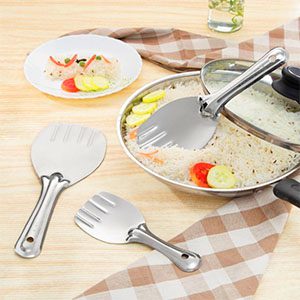
Best Rice Spoons Around the World
Best Rice Spoons Around the World The rice spoon is a utensil created to eat rice. It is usually made of metal, plastic, or wood, and has a shallow bowl with a pointed end. Its design allows users to scoop small amounts of rice, to then eat it directly from the spoon...
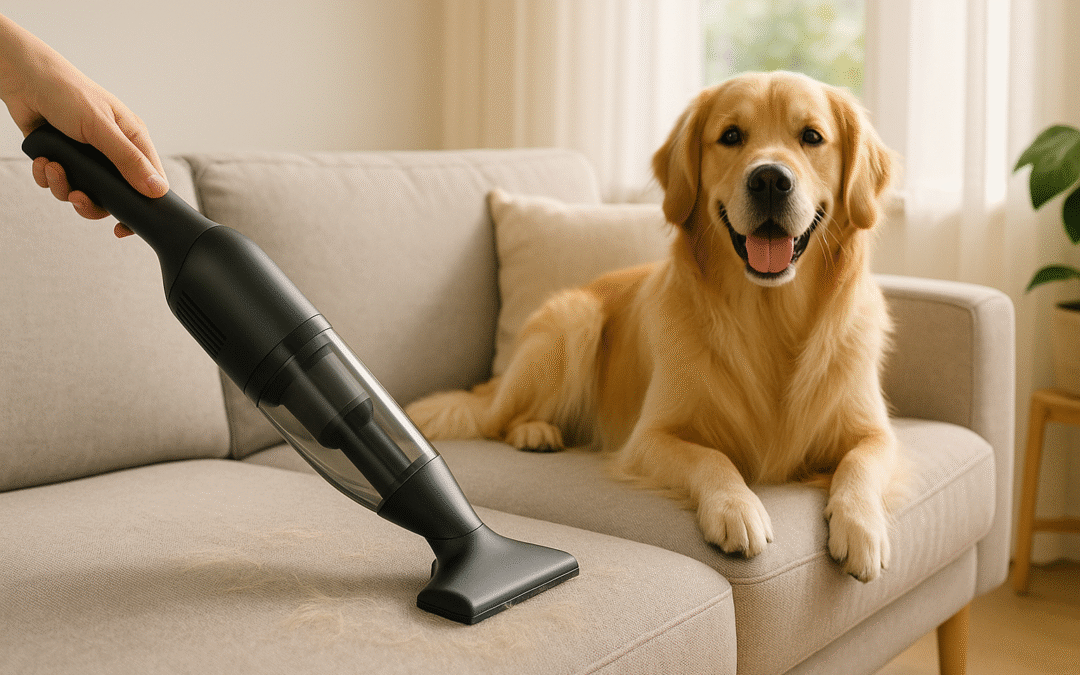
Best Portable Vacuum for Dog Hair: Cordless & Handheld Options in 2025
Finding the best portable vacuum for dog hair can transform your cleaning routine from a frustrating chore to a quick, hassle-free task. If you love your furry friends but hate the endless battle against pet hair, you’re not alone! A house with a dog often means a...
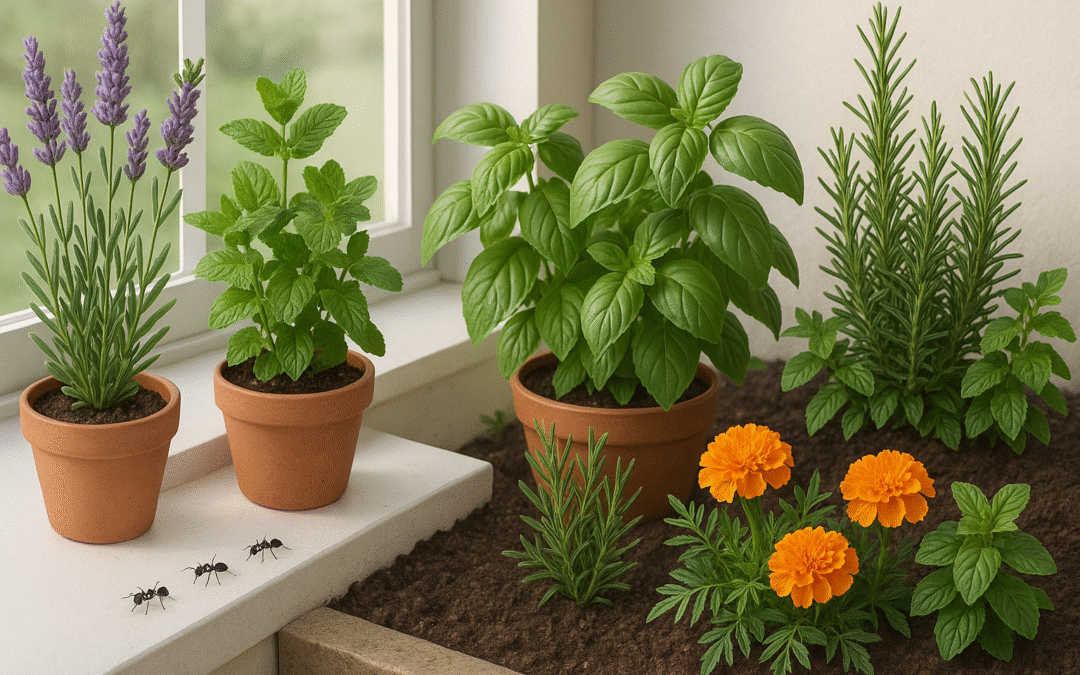
10 Powerful Ant Repellent Plants That Work (Indoors & Outdoors)
When it comes to ant repellent plants, you might be surprised to learn that humans are outnumbered by ants at a staggering ratio of about 2.5 million to one. With more than 15,000 species found almost everywhere on Earth, these tiny creatures inevitably find their way...
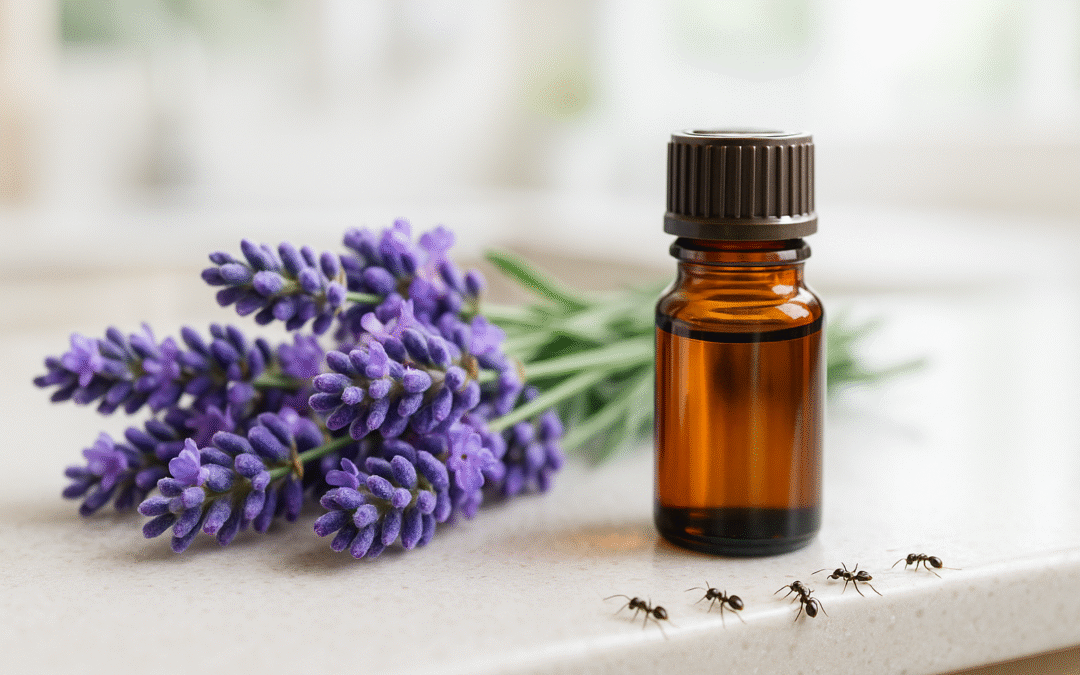
Does Lavender Repel Ants? Best Oils, Sprays & DIY Lavender Ant Repellent Recipes
Lavender ant repellent offers a safe and natural way to combat those pesky kitchen bugs. Its strong, relaxing smell is pleasant for people, but it repels ants. Lavender disrupts the scent paths ants use to find their way and communicate with each other, making them...

